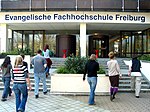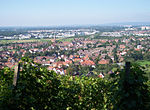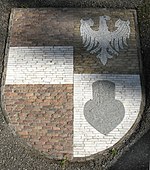Freiburger Verkehrs AG

Freiburger Verkehrs AG, also known as VAG Freiburg or just VAG, is the municipal transport company of the city of Freiburg im Breisgau in Germany and is responsible for operating the local tram network. It is a member of the Regio-Verkehrsverbund Freiburg (RVF), a transport association that co-ordinates public transport in the city of Freiburg and the neighboring districts of Emmendingen and Breisgau-Hochschwarzwald.Furthermore VAG owns 50% of the shares in the Breisgau S-Bahn, the other 50% are with SWEG. The company operates a regional railway network on DB Netz AG and SWEG owned tracks. The services run on short sections of the Magistrale Upper Rhine Valley Railway, together with the Elztalbahn, Kaiserstuhlbahn and Breisachbahn branch lines.The VAG is a public limited company, whose shareholder is the city of Freiburg. In 2010 the overall loss was €7.545 million. This was accomplished by a cover ratio of 88%, which is impressively high by German public transport standards.
Excerpt from the Wikipedia article Freiburger Verkehrs AG (License: CC BY-SA 3.0, Authors, Images).Freiburger Verkehrs AG
Besançonallee, Freiburg im Breisgau Saint Georges
Geographical coordinates (GPS) Address Website External links Nearby Places Show on map
Geographical coordinates (GPS)
| Latitude | Longitude |
|---|---|
| N 47.9924 ° | E 7.7971 ° |
Address
Freiburger Verkehrs AG
Besançonallee 99
79111 Freiburg im Breisgau, Saint Georges
Baden-Württemberg, Germany
Open on Google Maps









